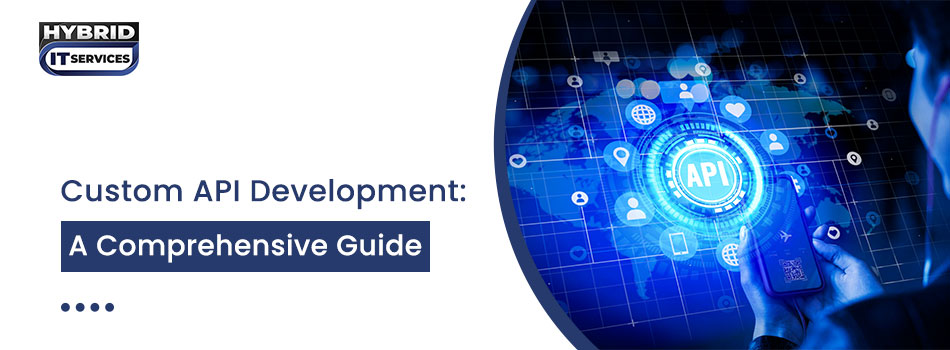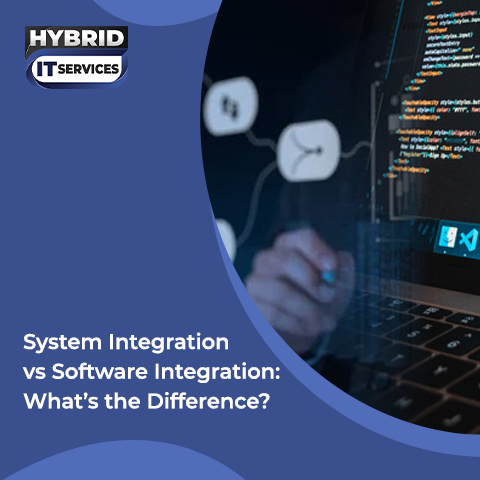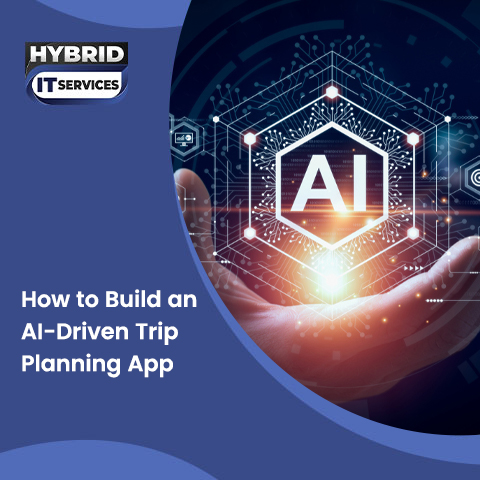In the world of modern technology, APIs (Application Programming Interfaces) play a crucial role in enabling different software systems to communicate with each other. Whether you're a developer, business owner, or just someone interested in how technology works, understanding APIs can be incredibly beneficial. This guide will take you through the basics of what an API is, how they work, different types of APIs, key components of API development, and the best practices to follow.
What is an API?
An API, or Application Programming Interface, is a set of rules and protocols that allows different software applications to communicate with each other. Think of an API as a translator that helps two systems understand each other's language and work together seamlessly. APIs can be used to enable a wide range of functionalities, from retrieving data to performing complex operations.
How APIs Work?
At its core, an API acts as an intermediary that takes a request from one system, processes it, and returns a response. For example, when you use an app on your phone to check the weather, the app sends a request to a weather service's API. The API processes this request, fetches the necessary data, and sends it back to your app, which then displays the weather information.
- Request: A client application sends a request to the API endpoint, specifying what it needs. This request usually includes an HTTP method (GET, POST, PUT, DELETE), a URL, headers, and sometimes a body with additional data.
- Processing: The API server receives the request, processes it, and performs the necessary operations. This could involve querying a database, interacting with another API, or performing calculations.
- Response: After processing the request, the API server sends a response back to the client. This response includes a status code (indicating success or failure) and any requested data, typically in a format like JSON or XML.
Types of APIs
- Open APIs (Public APIs): Available to the public and can be used by any developer, these are designed for easy accessibility and widespread use to promote services.
- Partner APIs: Shared with selected partners, these APIs facilitate software integration between companies.
- Internal APIs (Private APIs): Intended for use within a single organization, they streamline internal processes and enhance productivity by enabling communication between different internal systems.
- Composite APIs: These combine multiple APIs into a single call, useful when a client requires data from multiple sources or services.
The Benefits of Custom API Development for Businesses
Custom API development offers numerous advantages for businesses, enhancing their operational efficiency, expanding capabilities, and fostering innovation. Here are some key benefits:
Enhanced Integration and Interoperability
Custom APIs enable seamless integration of disparate systems, applications, and services within an organization. This interoperability ensures that different software components can communicate effectively, leading to streamlined workflows and improved productivity.
Improved Customer Experience
By providing APIs tailored to specific business needs, companies can deliver better user experiences. Custom APIs can facilitate the creation of personalized services and applications, allowing businesses to meet customer expectations more effectively and maintain a competitive edge.
Increased Flexibility and Scalability
Custom APIs allow businesses to scale their operations and adapt to changing demands easily. Whether it's adding new features, integrating with new partners, or handling increased traffic, custom APIs provide the flexibility to grow and evolve without significant disruptions.
Greater Control and Security
With custom API development, businesses have complete control over the security measures implemented. This includes authentication, authorization, and data encryption tailored to specific security requirements, ensuring sensitive information is protected against potential threats.
Streamlined Processes and Automation
APIs can automate various business processes, reducing the need for manual intervention and minimizing errors. This leads to more efficient operations, cost savings, and the ability to focus on more strategic activities rather than routine tasks.
Facilitating Innovation
Custom APIs enable businesses to innovate by integrating new technologies and services. They provide the foundation for developing new applications, exploring new business models, and enhancing existing offerings, thereby fostering a culture of innovation and agility.
Enhanced Data Access and Utilization
APIs provide standardized access to data across different systems, making it easier to collect, analyze, and utilize information. This improved data accessibility supports better decision-making and insights, driving business growth and strategic planning.
Building Stronger Partnerships
By offering well-designed custom APIs, businesses can strengthen their partnerships with other companies, suppliers, and developers. APIs enable efficient collaboration and integration, creating a more interconnected and robust business ecosystem.
What are the Steps in the API Process?
Developing an API involves several steps, from initial planning to deployment and maintenance:
Planning: Define the purpose of the API, identify the target users, and outline the functionalities needed. Create a high-level design and a list of endpoints.
Designing: Create a detailed API design, including endpoints, methods, data models, and authentication methods. Use tools like Swagger to document the API.
Development: Write the code for the API using your chosen programming language and framework. Implement the endpoints and ensure they perform the intended operations.
Testing: Rigorously test the API to ensure it works correctly under various scenarios. Use unit tests, integration tests, and load tests to verify functionality, performance, and security.
Documentation: Provide clear and comprehensive documentation for the API. This should include details on endpoints, methods, request and response formats, and example code snippets.
Deployment: Deploy the API to a server where it can be accessed by client applications. Use tools like Docker and Kubernetes for efficient deployment and scalability.
Maintenance: Regularly update the API to fix bugs, add new features, and improve performance. Monitor its usage and handle any issues that arise.
Key Components of API Development
When developing an API, several key components need to be considered to ensure it functions correctly and efficiently:
- Endpoints
- Methods
- Headers
- Request Body
- Response Body
- Status Codes
API Development Must-Have Features and Best Practices
To ensure your API is robust, secure, and easy to use, follow these best practices and incorporate essential features:
- Security
- Rate Limiting
- Error Handling
- Versioning
- Caching
- Documentation
- Testing
- Scalability
Challenges in API Development
Developing APIs comes with its own set of challenges. Understanding and addressing these challenges is crucial for creating a reliable and efficient API. Here are some common challenges faced during API development:
Security Concerns: Ensuring that your API is secure against unauthorized access, data breaches, and other vulnerabilities is paramount. Implementing robust authentication and authorization mechanisms, encrypting data, and regularly updating security protocols are essential steps.
Compatibility and Versioning: Managing different versions of your API while maintaining backward compatibility can be complex. Ensuring that new versions do not break existing functionality for current users requires meticulous planning and communication.
Testing and Debugging: Thoroughly testing APIs to cover all possible use cases and edge cases is challenging but necessary to ensure reliability. Debugging issues in API interactions, especially when integrating with third-party services, can be time-consuming and complex.
Performance Optimization: Ensuring that your API performs efficiently under different conditions and loads is crucial. This involves optimizing database queries, minimizing response times, and effectively managing resources.
Maintaining Consistency: Keeping the API interface consistent and intuitive is vital for user experience. Inconsistent endpoints, methods, or responses can lead to confusion and errors.
By acknowledging and addressing these challenges, you can develop more robust, secure, and user-friendly APIs that meet the needs of your users and stand the test of time.
Hybrid IT for Custom API Development
Hybrid IT, which combines traditional IT infrastructure with cloud-based services, offers an ideal environment for custom API development. By leveraging the scalability and flexibility of cloud platforms, developers can efficiently manage and deploy APIs, ensuring they can handle varying loads and usage patterns.
Simultaneously, traditional IT infrastructure provides the stability and control necessary for handling sensitive data and critical applications. This hybrid approach enables organizations to optimize costs, improve performance, and ensure robust security, making it an excellent choice for developing and maintaining custom APIs that meet diverse business needs.
Conclusion
Custom API development is a critical aspect of modern software development, enabling different systems to communicate and work together seamlessly. By understanding what an API is, how it works, the types of APIs, and the steps involved in developing one, you can create robust and efficient APIs that meet your users' needs. Following best practices and incorporating essential features will ensure your API is secure, scalable, and easy to use, ultimately contributing to the success of your software projects.






